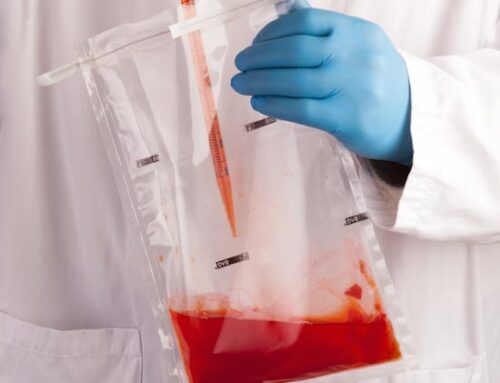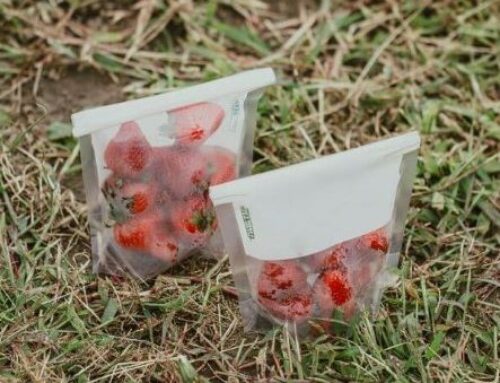Food product transport: An industry in flux
By LABPLAS

In recent years, the food product transport industry has undergone a number of changes. In Canada, not only do carriers have to meet very high safety standards, but a variety of issues have added to the challenges facing the industry.
A rigorous assessment
We will begin by taking a look at the Canadian food transport standards. First, all vehicles must be designed, maintained, cleaned and operated in such a way as to avoid contamination of the food they contain.
A number of other assessment criteria come into play to ensure the safe transport of food to consumers. All vehicles must be thoroughly inspected by the manufacturer prior to loading and upon receipt of the products. This ensures that there is no risk of contamination in the vehicle. If a vehicle is used for both food and non-food products, measures are put in place to ensure that it is cleaned regularly. For example, in order to ensure proper monitoring, the manufacturer can obtain a cleaning certificate and a document showing which materials were transported before the products were loaded or unloaded.
Moreover, the tanks are designed to allow for complete drainage and to avoid any contamination of food. The materials used in the construction of the tanks are designed to prevent potential contamination in the event that food comes into direct contact with the vehicle. The materials must also be durable and able to withstand repeated cleanings. In addition, the internal surfaces of the trucks that are in contact with food must be tested by sampling. A specially designed surface sampling tool is used to take a sample from the inside of the vehicles. The sample is then sent to a laboratory for a complete analysis. This step validates the safety of the transport trucks and detects biological risks (pathogens, microorganisms, bacteria), chemical risks (allergens, drug residues, pesticide residues, toxins) and physical hazards (foreign materials, fragments of various materials).
Another important element to consider is temperature control. All food products that require a specific temperature are transported in such a way as to prevent any deviation that could affect the safety of the products. For example, refrigerated products are transported at up to 4°C while frozen products are transported at temperatures that prevent them from thawing. If necessary, trucks should be equipped with instruments that monitor, indicate and record the temperature and humidity of the trailer.
Challenges to overcome
Over the past year, many industries have been adversely affected by the pandemic, and the agri-food sector is no exception. One of the major issues it has had to face is the shortage of labour, particularly shortages of warehouses and drivers. However, measures have been taken to alleviate this problem as much as possible, such as hiring international drivers. In the longer term, the food industry also wants to reach out more to young people, particularly by promoting the environmental aspect of the agri-food sector.
Another major challenge facing transport companies is how to reduce their ecological footprint. To journey of food from farm to table sometimes involves thousands of kilometres of travel. While international trade is essential to keep the economy going, it also comes with a significant environmental cost, as measured by the “food kilometre”. This unit of measurement calculates the amount of carbon dioxide emitted to transport one ton of food a distance of one kilometre. Moreover, trucks and airplanes are among the most polluting means of transportation. At a time when environmental concerns are at the heart of societal issues, companies in the transportation sector need to reinvent themselves to implement green initiatives in their work processes.
In short, the Canadian food product transport industry requires precise and complex logistics, and the pandemic situation of the past year has raised the bar in terms of difficulties. These include establishing new standards, strengthening processes and changing industry practices, to cite just a few examples. Despite this, the sector is beginning to recover. From an environmental point of view, local businesses are already being recognized for their initiatives that promote respect for the environment. Like everywhere else, there is still work to be done, but the industry remains on the right track.





Leave A Comment
You must be logged in to post a comment.